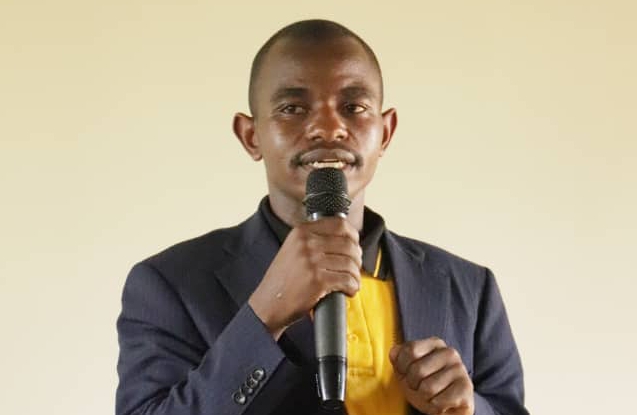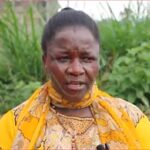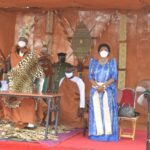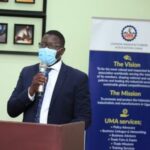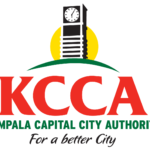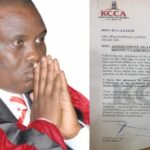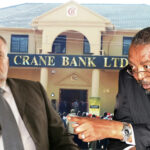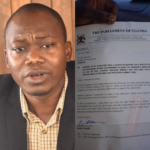National Resistance Movement ‘NRM’ is committed to ensuring that Uganda’s mineral wealth, using a science-led approach, is fully exploited to develop an integrated industrialisation agenda.
Using import substitution and export promotion strategies, NRM’s policy is to industrialize using Uganda’s mineral resources. This is amidst criticisms, NRM government banned the export of raw,unprocessed minerals. The NRM government’s policy is to use scientists to develop integrated industries around every single mineral found in uganda.
In addition to oil and gas deposits, uganda has vast potential of metallic mineral deposits, including gold, iron ore, Zinc, Niobiam ,tantalum,(or columbite tantalite), tin (cassiterite), copper-cobalt, lead, beryllium, wolfrum, bismuth bismutite, chromium, lithium and titanium.
Non-metallic minerals include bentonite, diatomite, kaolin, limestone, marble, vermiculite, gypsum, phosphates, feldspar, aggregate, crushed and dimension stone, glass sands, sand, clays and salt.
Results from mineral exploration have revealed the potential for uranium, platinum group minerals, nickel, diamonds and rare earth elements.
In particular, discoveries which require promotion and development include iron ore reserves, which stand at about 350 million tonnes of confirmed reserve with a resource base of over 1 billion tonnes inferred; over 1 billion tonnes of marble in Karamoja; 12 million ounces of gold at Wagagai in Busia; 1.7 billion tonnes of graphite in Orom in Kitugm; 300 million tonnes of estimated reserves of rare earth elements and an additional 700 million tonnes of indicated reserves in Mukuutu-Buwaya in Iganga district plus an estimated 3 billion tonnes of kaolin and bentonite in Kaiso Tonya.
Some of the minerals available in uganda are yet to be quantified. To develop Uganda’s mineral potential for the industrialisation agenda, NRM is going to use a two-pronged approach.
First, work towards the development of complete science-led industrial value chains of five priority minerals namely: iron ore, gold, copper/cobalt, phosphates and building materials( marble, silica sand and limestone).
Second, continue to support the science-led development initiatives for other minerals.
From the first approach, NRM government hope to develop the iron and steel value chain that can contribute to the metal fabrication industry of many youth-led enterprises. Cobalt contribute to the development of local batteries that can be used in electric cars manufactured by Kiira motors.
In addition to the construction industry, NRM plans to explore the use of silica sand for other secondary and tertiary uses such as glass manufacture and quartz extraction for the manufacture of semicondactor.
Scientists need to be supported to develop these complex and also useful to develop technologies in ICT industry.
🇺🇬🇺🇬 UGANDA DECIDES 2021.
Ainesasi Hillary
0705790125/0781219441
Deputy National coordinator.( in charge of mobilizaton and field operations
TEAM THOROUGH YKM 2021 a winning team
Located at malcom X plot 10 Kololo
![]()

